REASSIGN
With REASSIGN, Claudia González has taken a step beyond her initial aim, achieving to
join the significance and topicality of the best documentary photography with the
aesthetics and exquisite handling that a work of art requires.
The project title refers to the designation applied to persons that have changed sex
surgically – reassigned- and on the other hand disguises, by means of a cold
euphemism the feeling, passion, suffering, and above all the desire of many people
willing to have a clear sexual identity and the acceptance from others.
By means of outstanding psychological portraits exhibited like diptychs, Claudia shares
with us the complex inner life of people that have suffered the discrimination, double
standards and rejection from our society and in many cases from their own family.
Powerful and bittersweet stories that tell the struggle for their own sexual freedom.
There’s no doubt that REASSIGN is one of those projects that will stay in memory and
can help us to achieve a better understanding of the fight that many start to vindicate
an universal right: genre identity.
José María Mellado
Almería, 8 de febrero de 2014
Text for Claudia Gonzalez by Marta Maria Ramirez *
With 11 years I knew of the existence of transgender people. It was 1987 and they were not visible in a country with homophobic laws and a stronger social condemnation that relegated them to ostracism.
Gone were the times of the Military Units to Aid Production (1965-1968) - known by their acronyms: UMAP. Those were camps linked to work conscription where people with non-revolutionary behaviour were sent; parameterization times (1972-1975), also called gray Quinquenio period, a purge that ended nearly with nearly 300 actors, theater directors, teachers and students considered as "lacking in moral and ideological calification".
Then, they were not even called transgender or gender non conforming identities, as we know them today. On the street, they were transvestites or fags dressed as a female, in the best cases. In medicine, there were terms-of course-pathologizin- like gender dysphoria (transsexual), transvestites, crossdressers. With the first definition, my mother as a doctor tried to explain to me the construction of female identity, of someone that until then had been the father of a good friend.
The common sense of my family and their intelligence to maintain this relationship, drove us to rethink everything about feminine and masculine, as immutable categories. I have not written, but said many times, that my parents were active in feminism, and instiled me into that ideology and Marxism, because they wanted me to be a "free woman," free of me, free of other women and men. We were victims of not a few reviews, which overlapped with the fact that we were weirdos (my parents had gay and lesbian friends).
By 1997, it was inevitable for me to investigate the construction of femininity in trans people, and since then, more than a researcher, I have become a spokesperson, an activist in legitimizing this movement with my body and soul; to what has been vital and nothing fortuitous for me my encounter with the National Center for Sexual Education (CENESEX) of Cuba, from my point of view a must in activism for sexual and reproductive rights of lesbian people and the gay, bisexual, transgender and intersex reference in the island and the region.
CENESEX, founded in 1989 by the general secretary of the Federation of Cuban Women (FMC), Vilma Espin; began in 1972 as the National Working Group for Sex Education (GNTES). In the late 70's, it was the first explicit demand for a transsexual person. Juani Santos wrote: "my operation is not a whim but a humanitarian problem, because the only way I can be a person is having that operation."
In 2001, with new requests related to police harassment and access to decent jobs, this government agency formed the group TransCuba to provide answers and solutions. (There are not enough pages to review briefly the work of the Cuban network and its leader, psychologist (and my friend) Mayra Rodriguez, with Mariela Castro Espín, director of CENESEX, researcher of transsexuality and activist for the sexual and reproductive rights).
In this path of constant learning or unlearning, I found Claudia Gonzalez. I remember: late night Wednesday in the capital's Cabaret Las Vegas, a place that thanks to CENESEX and the Ministry of Culture opened to Cuban transformism art and that LGBTI people use to attend; also heterosexuals without homophobic and cultural prejudices.
Claudia was armed with his camera and wanted to photograph trans people. She told me of her intentions and I felt a little bit scared. Showing a before and after like in the visual advertising that I have criticized so much for misleading, made me put on alert. (There are many photographers demanding Cuban trans girls to pose, looking badly for the exotic in the identities of non-conforming gender, and that only wallow in their poverty).
But for the Chilean-Spanish photographer, coming from the world of fashion, the intention was different: to denounce the double moral that patriarchal societies intend to use to subdue people through a strict script about how the roles of man and women should be interpreted, as if there was a unique way of being one or the other.
Claudia struggles with her lens against ignorance, the main cause of transphobia; with "my own ignorance," she confessed. But I wanted to know more and threw my final question test (I'm a journalist by formation and can not hold it!)
How did you come to this subject?
“I met a trans woman. She was a Dominican model. We talked a lot about her life, about the prejudices that she had to face every day, about the double moral that society imposes on you and what you must do to live as you are”.
Claudia's gaze is also a foreign and voyeuristic gaze. But it is respectful. Natural light and freedom to protagonists result in smooth images of the humility in which they live. Her pictures are beautiful, although this term is censored by my aesthetics teachers.
But her contribution goes beyond excellent photographic record of trans people, my friends; to be another grain of sand in the fight for the rights of these people in Cuba and in the world. While not a theoretician, Claudia has a common sense, a sensitivity that leads along paths defined by former Queer Theory, to which these pictures give a perfect image.
Marta Maria Ramirez Havana,
September 10, 2013
* Cuban Journalist, specialized in gender and cultural journalism LGBTI rights activist and advocate for sexual and reproductive health; feminist. Ex charge of Social Communication of the National Center for Sex Education, Cuba.
 Share / Save
Share / Save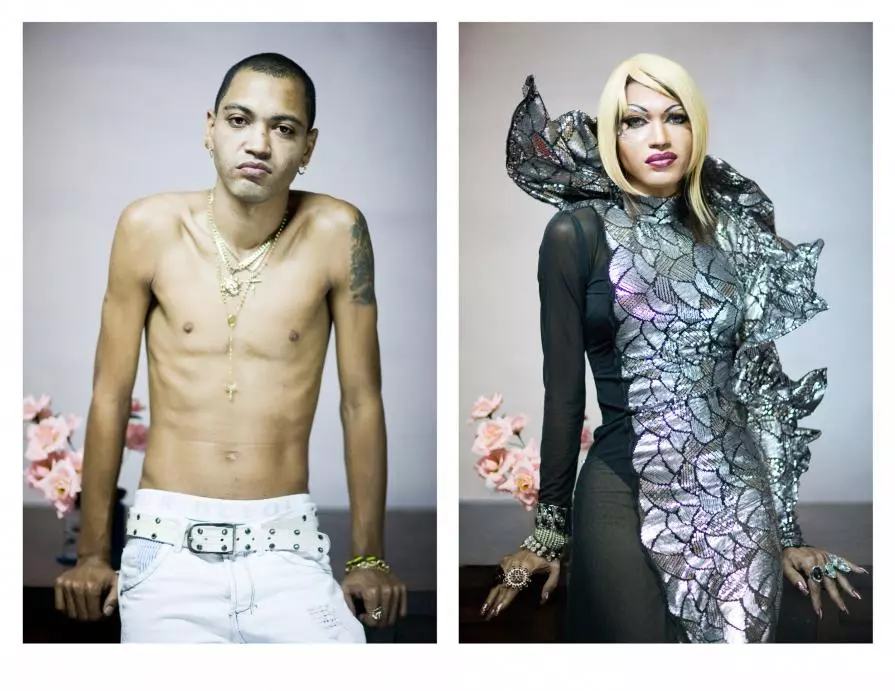
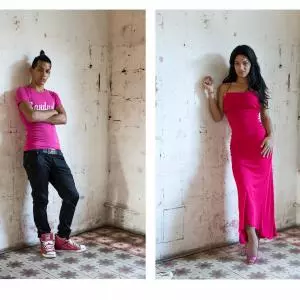
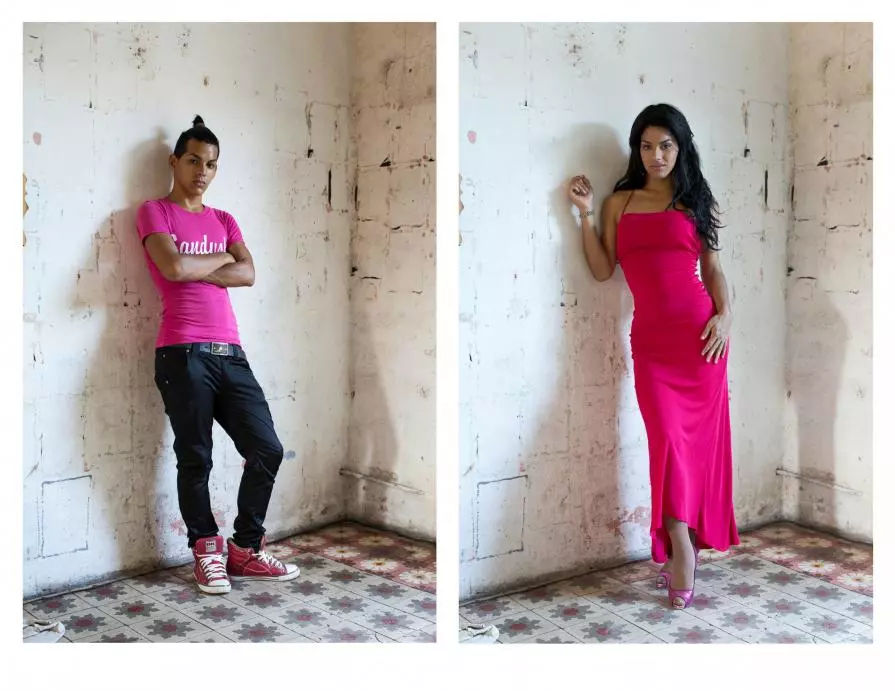
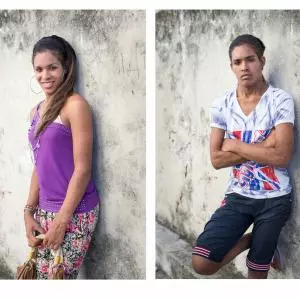

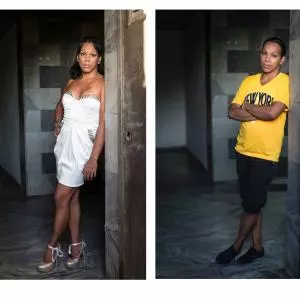
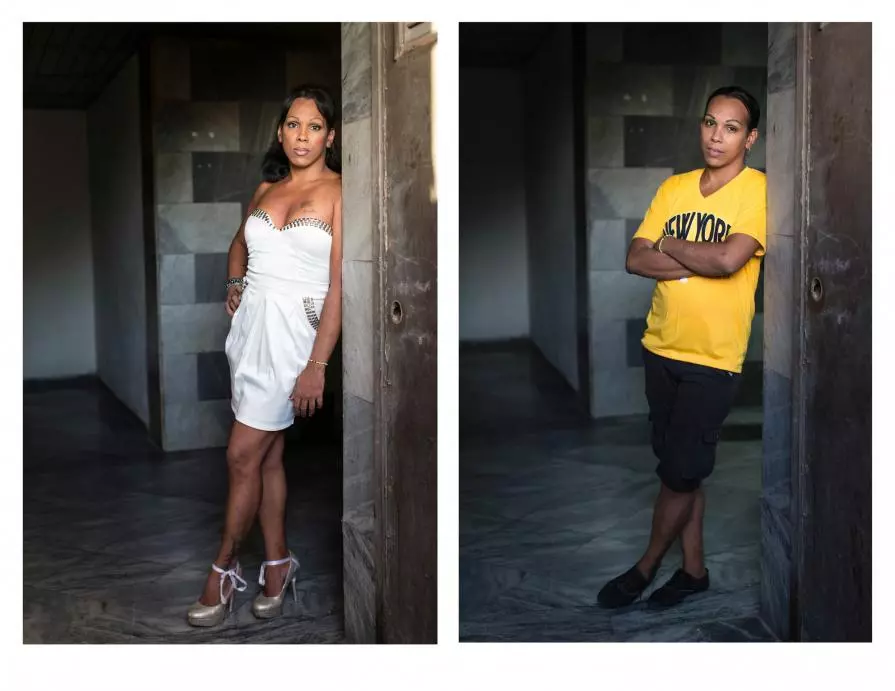

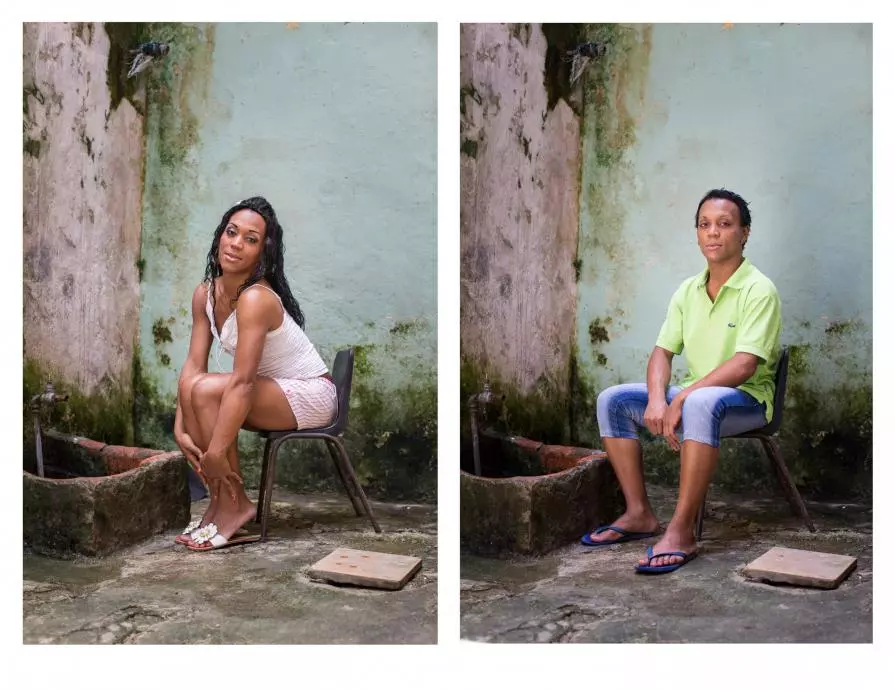



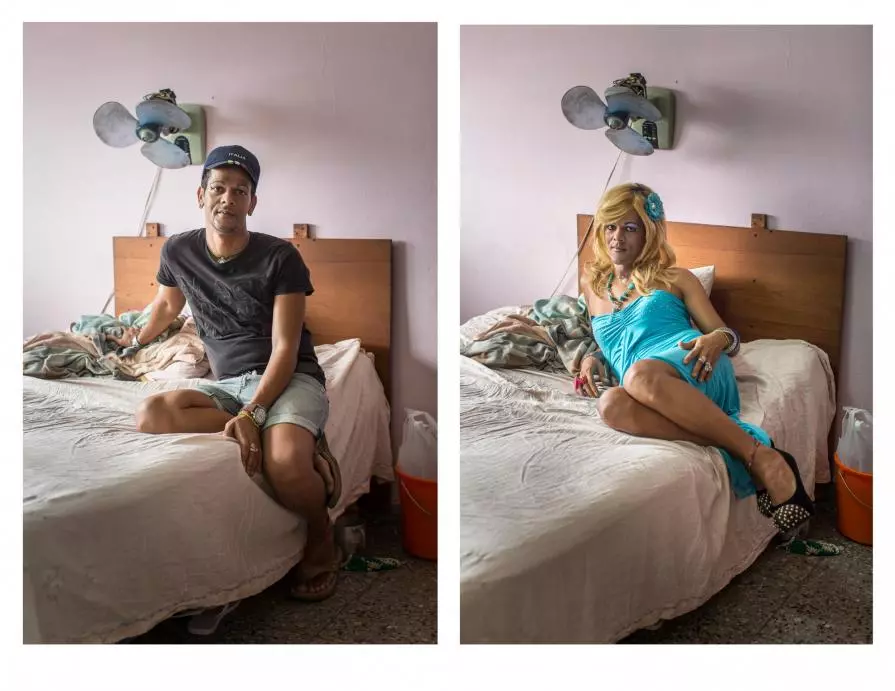
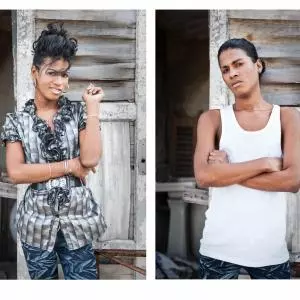
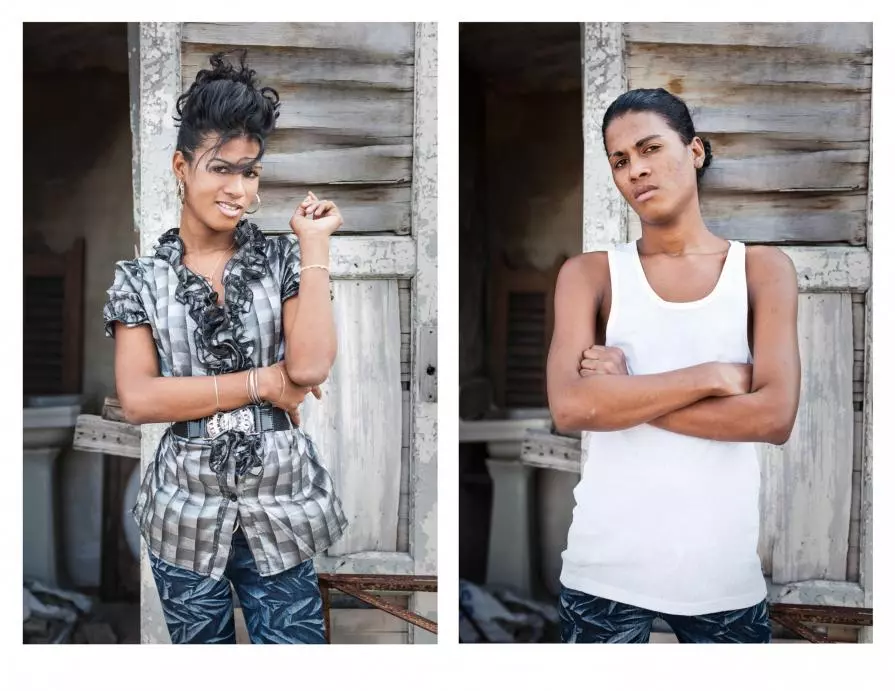
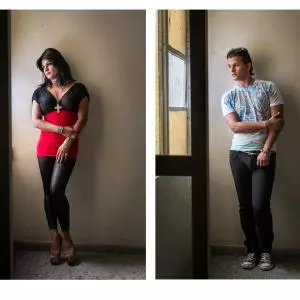


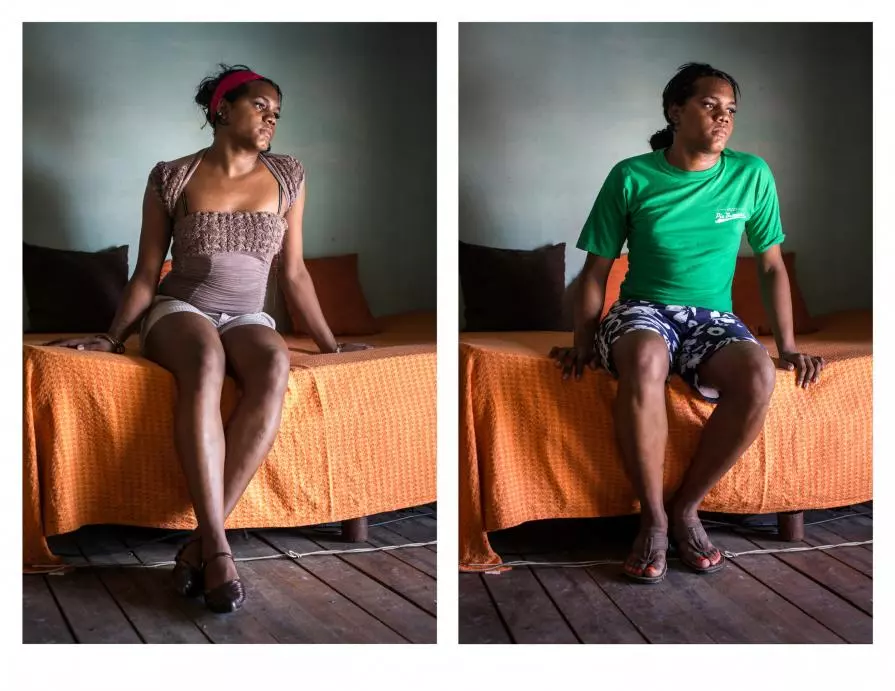















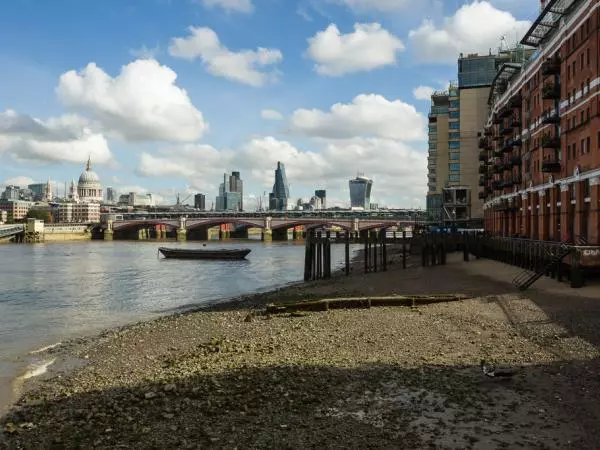
Commenti 0
Inserisci commento